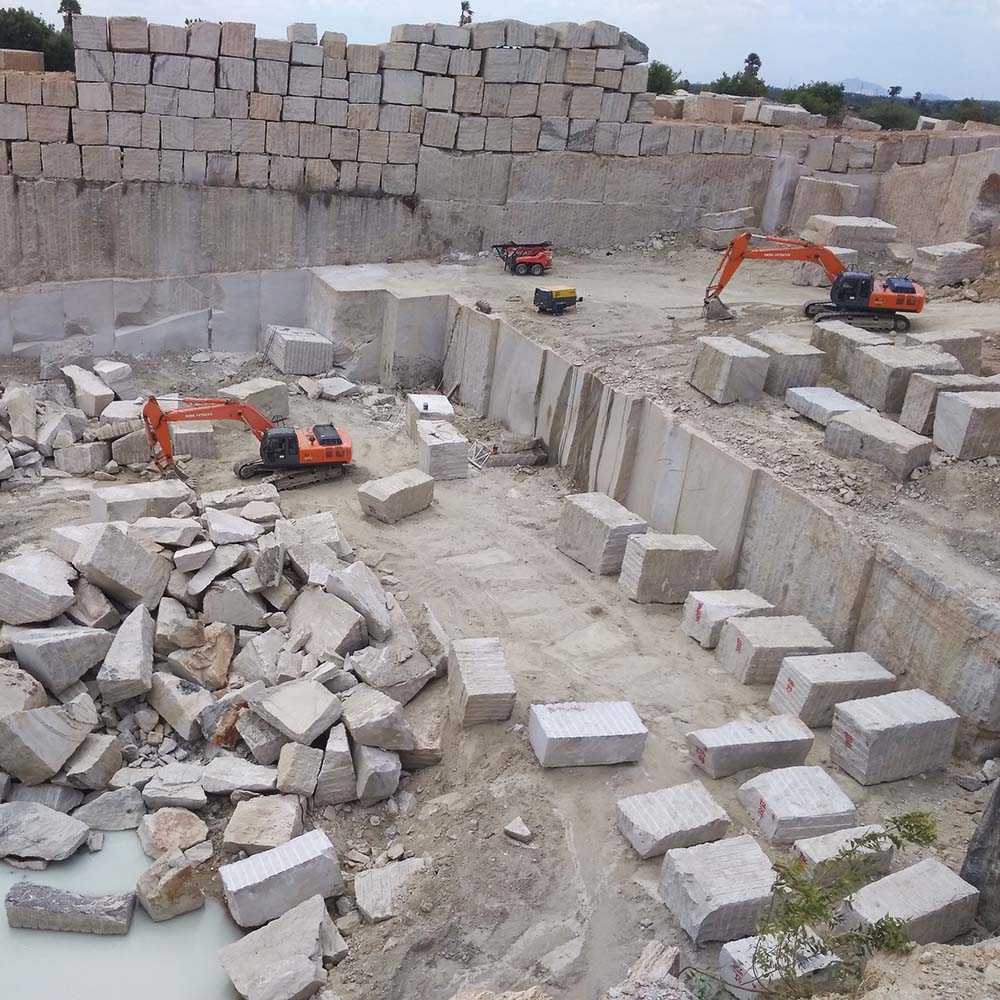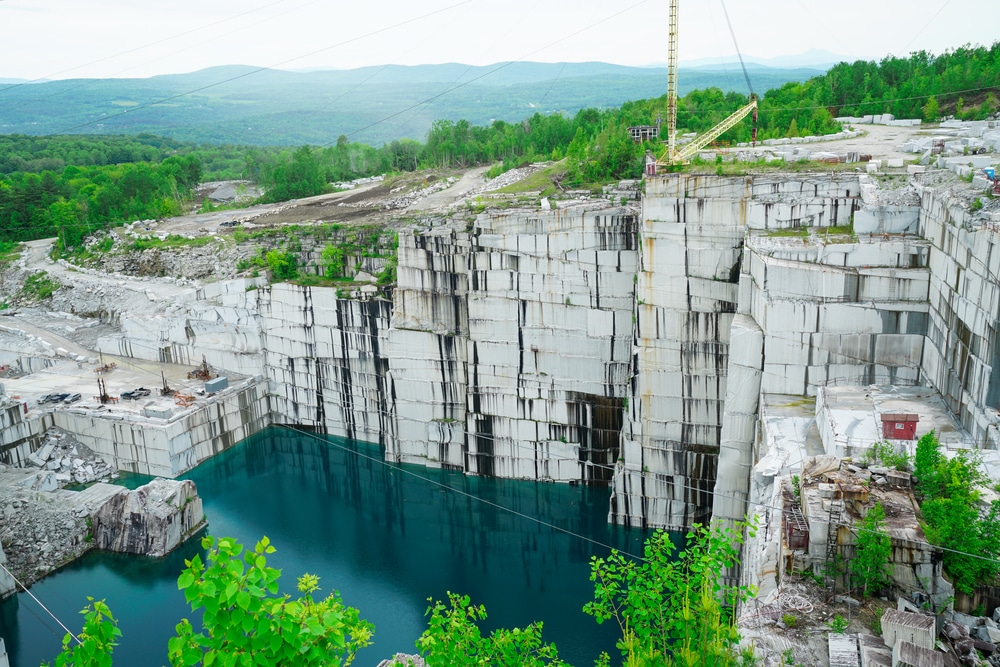Introducing the Mysteries of Granite Quarrying: Where Stamina and Style Meet
The globe of granite quarrying is a world where the raw strength of nature merges with human creativity to produce structures that stand the examination of time with an air of beauty. From the depths of quarries to the precise sprucing up in workshops, the process of changing granite into architectural marvels is a complicated dancing of practice and innovation. As we peer right into the midsts of this ancient craft, we begin to discover the hidden ins and outs that form the really essence of our developed setting.
The Origins of Granite Quarrying
In the record of architectural history, the origins of granite quarrying are shrouded in a tapestry of old craftsmanship and geological wonders. Going back to ancient Egypt and Mesopotamia, the extraction of granite from quarries marked the start of a journey that would at some point result in the creation of several of the world's most renowned structures.
Granite quarrying's origins can be traced to the experienced craftsmens who acknowledged the rock's toughness and aesthetic charm. Through a combination of primitive tools and large decision, these very early quarry workers uncovered granite blocks that would come to be the building blocks of civilizations.
As people advanced, so did the techniques of quarrying granite. The Romans, renowned for their engineering prowess, established sophisticated approaches for removing granite to build monuments, holy places, and roadways that stood the examination of time.
The tradition of these old quarrying practices remains to form contemporary architecture, with granite continuing to be a symbol of strength and elegance in construction tasks around the world. (granite quarries in south africa)
Devices of the Quarrying Profession
The evolution of granite quarrying strategies from old people to modern times highlights the crucial role played by the tools of the quarrying sell shaping the market's methods. In ancient times, quarrying devices were simple, typically containing chisels, hammers, and wedges made from products like bronze or iron. These tools needed significant workforce and time to essence granite blocks from quarries.

Additionally, the introduction of pneumatic devices and high-powered equipment has actually significantly decreased the physical labor required in quarrying operations, enhancing employee security and performance. As the quarrying market continues to innovate, the devices of the trade continue to be at the forefront of driving progress and forming the future of granite removal.
Removing Blocks of Granite
Making use of accuracy equipment and advanced strategies, the extraction of granite blocks from quarries has actually become a sophisticated procedure in the modern-day quarrying market. The initial step includes determining the location and size of the granite down payment to determine the most effective extraction technique. When an ideal site is selected, the removal procedure starts with the exploration of holes for the positioning of dynamites. Regulated blasting methods are after that used to disintegrate the granite right into workable sections.

Sprucing Up and Finishing Techniques
To attain a remarkable surface on granite blocks, skilled craftsmens utilize a series of thorough sprucing up and completing techniques. After the preliminary extraction and shaping processes, the granite blocks go through an extensive sprucing up stage to improve their all-natural appeal and resilience. One common technique used in brightening granite is ruby abrasion, where industrial rubies are made use of to grind and polish the rock to a smooth coating. This process not only produces a glossy surface area however also guarantees harmony in color and texture across the granite block.
In addition to polishing, finishing methods are related to additional fine-tune the granite's appearance. These methods may include flaming, developing, or brushing, each offering one-of-a-kind structures and coatings to fit various visual preferences. Flaming, for example, includes exposing the granite surface to high temperatures to create a harsh, textured finish, perfect for exterior applications where slip-resistance is important. Sharpening, on the other hand, provides a matte coating that is smooth to the touch, ideal for interior counter tops and flooring. By thoroughly picking and applying these polishing and ending up methods, craftsmens can change raw granite blocks right into charming items that showcase both stamina and style.

Ecological Effect and Sustainability
With the expanding check these guys out focus on ecological awareness in the industry, granite quarrying methods are progressively inspected for their influence on natural deposits and lasting sustainability. Quarrying for granite can have considerable ecological ramifications. The extraction procedure frequently entails making use of heavy equipment, nitroglycerins, and huge quantities of water, causing habitat damage, soil disintegration, and water contamination. Additionally, the transport of granite from quarries to processing facilities creates carbon emissions, additionally contributing to ecological degradation. granite quarries in south africa.
To mitigate these impacts and guarantee sustainability in granite quarrying, market stakeholders are taking on numerous actions. Carrying out sophisticated modern technologies to reduce power consumption and water use, redeeming quarried land for environmental restoration, and advertising responsible sourcing practices are some techniques being employed. Accreditations such as the Woodland Stewardship Council (FSC) and the Management in Power and Environmental Style (LEED) assistance consumers identify ecologically friendly granite items.
Conclusion
Finally, granite quarrying is a procedure that needs specialized devices and methods to essence blocks of granite and polish them to a high degree of surface. While the ecological impact of quarrying can be significant, efforts are being made to improve sustainability practices in the market. On the whole, granite quarrying is a fragile equilibrium in between harnessing the stamina and sophistication of this natural rock while decreasing its effect on the atmosphere.